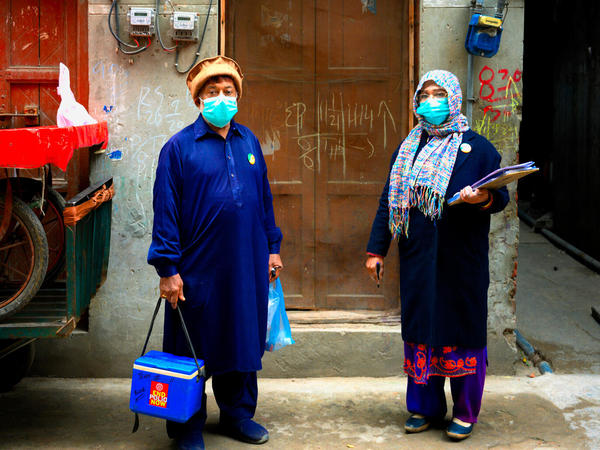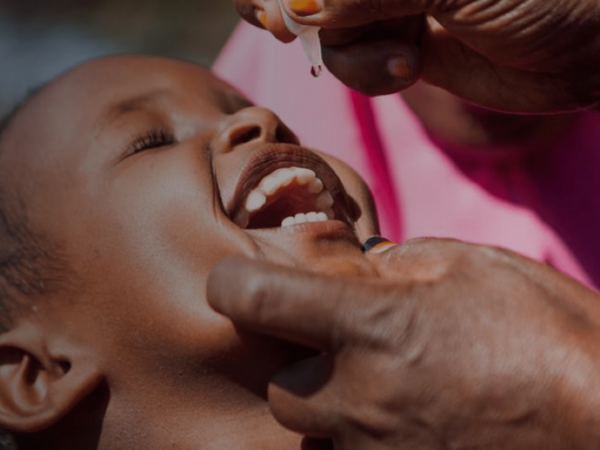One of the cornerstones of any C4D programme for polio eradication should be a solid monitoring and evaluation plan. Communication can often be disregarded or not given the priority or funding it deserves if we cannot demonstrate its impact and contribution.
Strong monitoring helps the programme correct issues along the way, while evaluations provide evidence of impact and show the contribution of communication to both outcome and impact.
Whether systematically collected through formal research methods, or carefully collected by simply creating opportunities to hear from the community itself, this data improves programme quality, effectiveness and ensures we can demonstrate the contribution of communication to vaccinating more children.
Using research methods to test our communication messaging and materials before it is rolled out is also critical. There is often a gap between what we think we are saying, showing or communicating and how this is understood by our target audience.
Summary of Research Methods
| Method | Data Generated | Key Features | Best Uses |
| Semi-structured interview | Interview with purposeful selected key informants informally guided by pre-determined, usually open-ended questions. Can include other tools such as Free-listing, Top of the Mind Analysis, Paired Comparisons, etc. | Qualitative: stories and quotes |
|
| Unstructured observation | Wide-ranging observations of activities and behaviours gathered through participating in selected settings or at opportune moments. | Qualitative: descriptions of events and processes |
|
| Focus group discussion | Moderated discussion with representatives of participant groups guided by some pre-determined questions. Can include participatory tools such as seasonal calendars and vignettes. |
Qualitative: stories and quotes Quantitative: opinions and judgements if using some participatory tools |
|
| Structured interview (questionnaire) | Interview with usually representative samples of respondents systematically guided by pre-determined, usually closed questions. | Quantitative: numbers, percentages, frequencies, etc. |
|
| Structured observation | Narrowly-focused observations of activities and behaviours gathered through using a pre-defined checklist. | Quantitative: numbers, percentages, frequencies, etc. |
|
Learn more
Explore the other two learning modules in this 3-step tutorial to design evidence-driven communication strategies to help vaccinate every child.
Define your target audience and barriers to change, then develop messages and choose channels to reach your audience.
You cannot do everything and your ability to prioritize your interventions and target behaviours is paramount. One simple way to do this is to evaluate importance of the behavior and its changeability.



